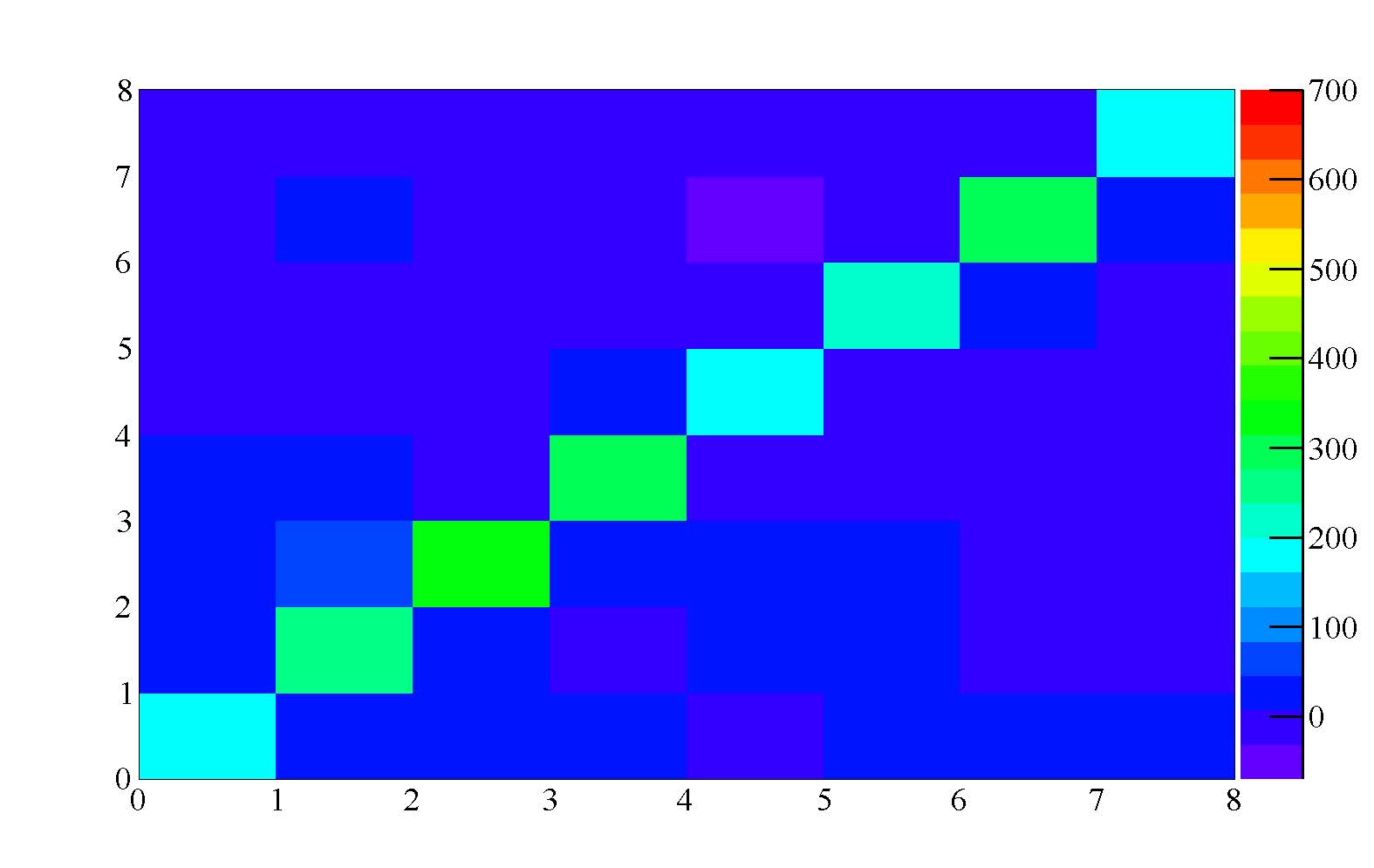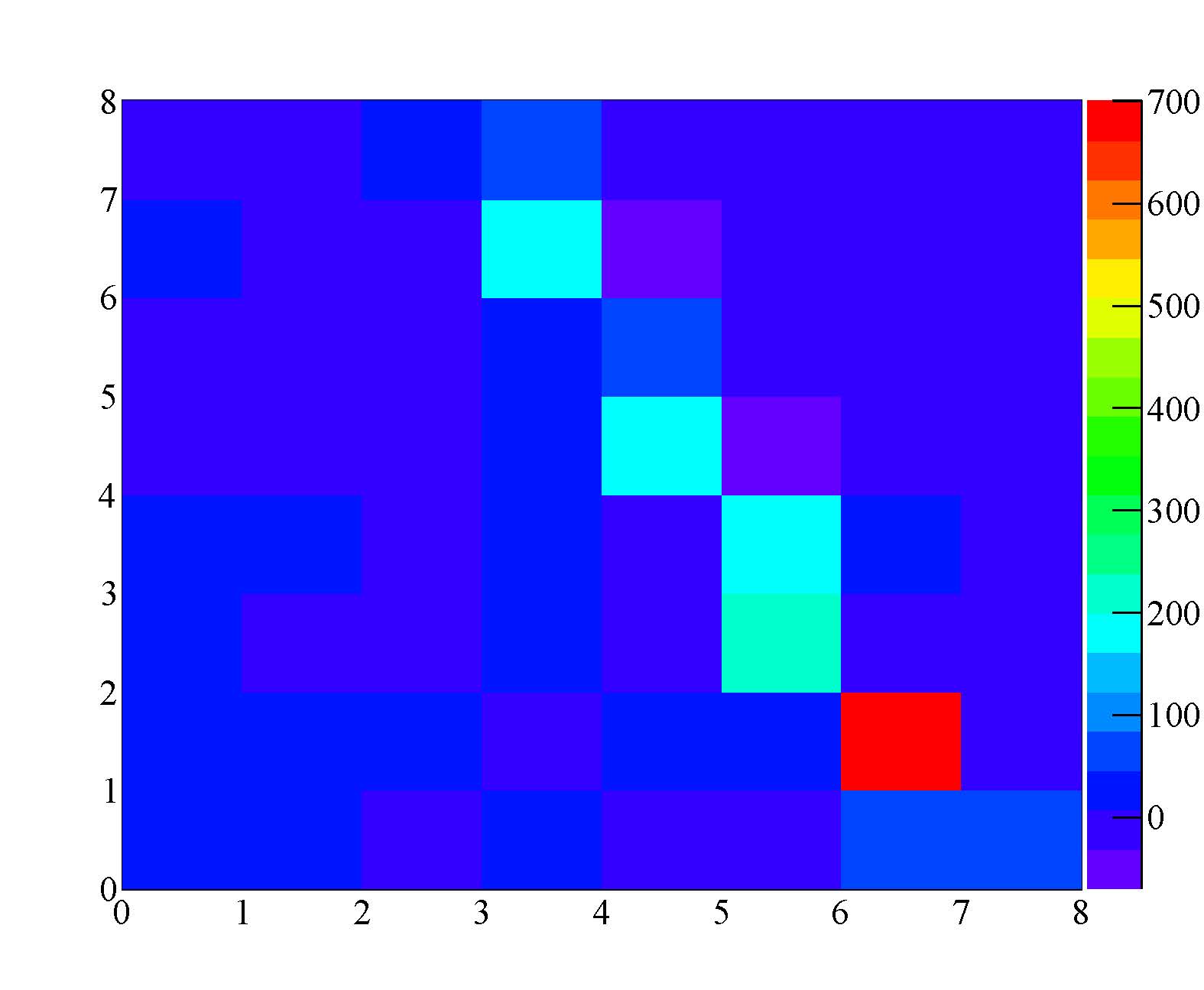Solar-Neutron Observations
Involving Research Members

- Observation of Solar Neutrons
- The Purpose of the Experiment
- A New Project in Progress-Observation of Solar Neutrons by Using the Very Sensitive Cosmic Ray Detector-
- Finally, SciBar Was Installed at the Top of Sierra Negra!
- Development of a New Data Acquisition System
Observation of Solar Neutrons
The group led by the Solar-Terrestrial Environment Laboratory studies the acceleration mechanism of high energy particles by observing solar neutrons using several solar neutron telescopes at various longitudes in the world. We are the only group in the world who observe solar neutrons by using detectors dedicated to solar neutrons.
Solar Neutron Experiment official web site
The Purpose of the Experiment
We study the acceleration mechanism of high energy particles associated with solar flares by detecting solar neutrons. These neutrons are produced at the solar surface by the interaction between accelerated ions and the solar atmosphere. To study the acceleration mechanisms of particles associated with solar flares, neutron measurements are preferable to charged particle (e.g., proton), as the neutron is not deflected by the interplanetary magnetic field (IMF). The precise moment a neutron is emitted is determined from the neutron energy. We developed solar neutron telescopes that measure the energy and direction of neutrons on mountains at various longitudes to detect solar neutrons over an entire day. The number of solar neutrons detected so far is about 10, and we need to accumulate more events in order to understand the acceleration mechanism of high energy particles. We have observed the Sun continuously to detect more solar neutron events.
A New Project in Progress-Observation of Solar Neutrons by Using the Very Sensitive Cosmic Ray Detector-
We planned to install a very sensitive cosmic ray detector on a high mountain (1) to detect solar neutrons with unprecedented accuracy and to understand the acceleration mechanism of high energy particles on the solar surface, and (2) to understand the structure of the interplanetary magnetic field by investigating the variation of cosmic ray intensity depending on the incident angle of cosmic rays. The very sensitive cosmic ray detector used in this research is the SciBar detector, which was used for neutrino oscillation experiments at the accelerator and for high-precision measurement of neutrino-nucleus scattering cross sections at the Fermilab in Chicago. This detector has a total of 15,000 channels of information to capture the details of the particle trajectory, including the energy, direction, and type of the incident particles, making it the most accurate cosmic ray detector ever built. It is called SciBar Cosmic Ray Telescope (SciCRT). The group of Kyoto University and High Energy Accelerator Research Organization (KEK), which developed SciBar, kindly agreed to use the detector for cosmic ray research.
It was determined that the SciBar would be installed at Sierra Negra, a 4,600m high mountain in Mexico, to observe solar neutrons and study the fluctuations of intensities of cosmic ray muons. Since neutrons decay in the atmosphere, Sierra Negra, which is a high mountain near the equator, is the best place to observe solar neutrons. It is also an important observation point in terms of the observation of cosmic ray intensity, since the global network of cosmic ray muons has not yet been established. In this project, it was planned SciBar would first be sent from Chicago to the plain of Mexico to confirm that cosmic ray data could be obtained, and then it would be installed at Sierra Negra. Before that, we needed to check if the data acquisition system would work properly in the high mountains where the air pressure is less than 60% of that in the plain. We also needed to know the distribution of cosmic ray particles in the area in order to optimize the data acquisition system. For these purposes, we sent a prototype (mini-SciCR) to Mexico in October 2010 and started cosmic ray data acquisition in Sierra Negra. While the main experiment has 15,000 channels, the mini-SciCR had only 128 channels, but it used the same data acquisition system as the main experiment. It successfully acquired cosmic ray data and was operated until August 2012. We also obtained an event that the cosmic dose incident on the Earth decreased after a coronal mass ejection caused by a solar flare, which confirmed that our experiment is appropriate to observe cosmic rays.
In February and March 2011, the SciBar was dismantled and packed in Chicago for transport overland to Mexico, where it arrived safely at the INAOE (National Institute of Astronomy, Optics and Electricity) in Puebla, Mexico in April 2011. We have designed a framework for one eights of the whole detector to be installed for cosmic ray observations. This framework is called superblock. All the eight superblocks were successfully equipped in INAOE in June 2012. On June 12, 2012, the detector was successfully housed in each superblock and the wavelength shifting fiber was inserted into the scintillator bar, and then we started the cosmic ray observation at INAOE. After the completion of the data acquisition system, we planned to move the detector to Sierra Negra in early 2013.
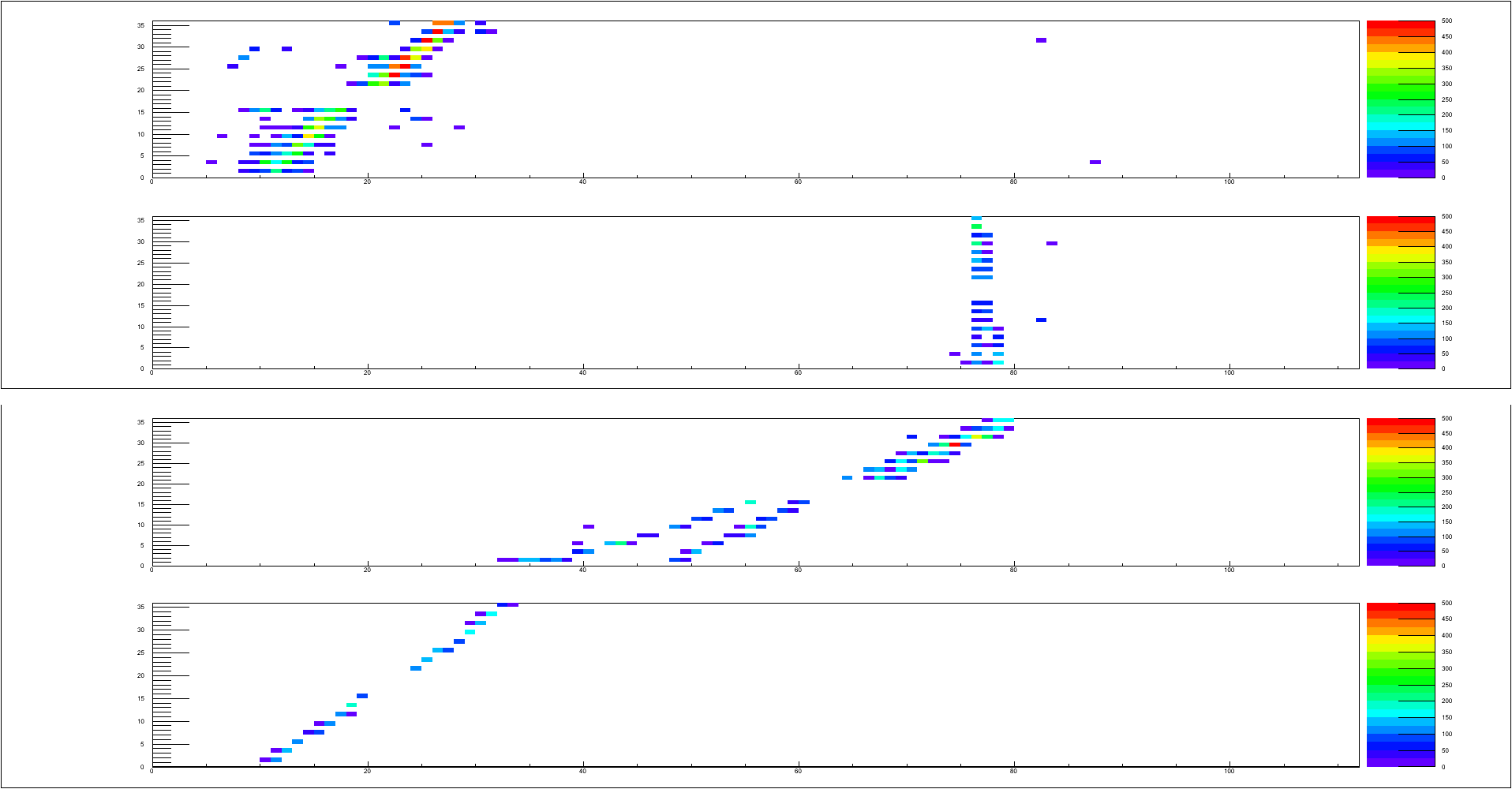
Finally, SciBar Was Installed at the Top of Sierra Negra!
Since mid-April 2013, staffs and graduate students in Nagoya University, and the Mexican staff and students have been working together to prepare the detector, and it was finally installed at the top of Sierra Negra on April 24 local time.
The building was completed soon after the installation of the detector, and the data acquisition of cosmic rays was tested again, and it was confirmed that the data could be acquired in the same way as at INAOE. After that, thanks to the efforts of the researchers in the Mexican side, regular data collection became possible by the end of FY 2013. Although only half of the total operation is still in progress, the track of cosmic ray muon as shown in the figure has been observed (a quarter of the total at this time).
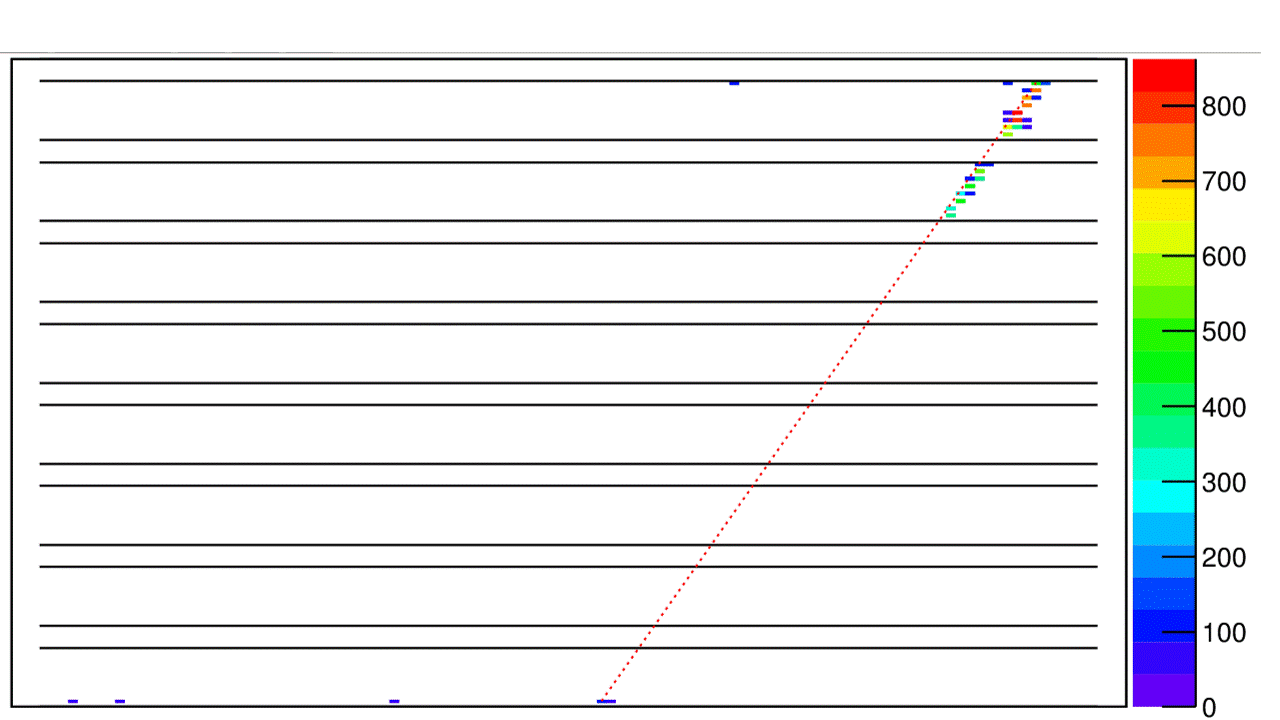
Development of a New Data Acquisition System
The very sensitive cosmic ray experiment installed in Mexico uses the same detector that was used in the accelerator experiment, including the data acquisition system. In parallel with the installation of the detector in Sierra Negra, we have been working on the development of a new data acquisition system, since the original data acquisition system is not optimized for cosmic ray data acquisition. Since the new one uses SiTCP protocol, the interface with the PC has changed, and the data acquisition module (called the back-end board) needs to be renewed for the system to work. After three years of effort, we finally got a prototype of the new board as shown in the figure.
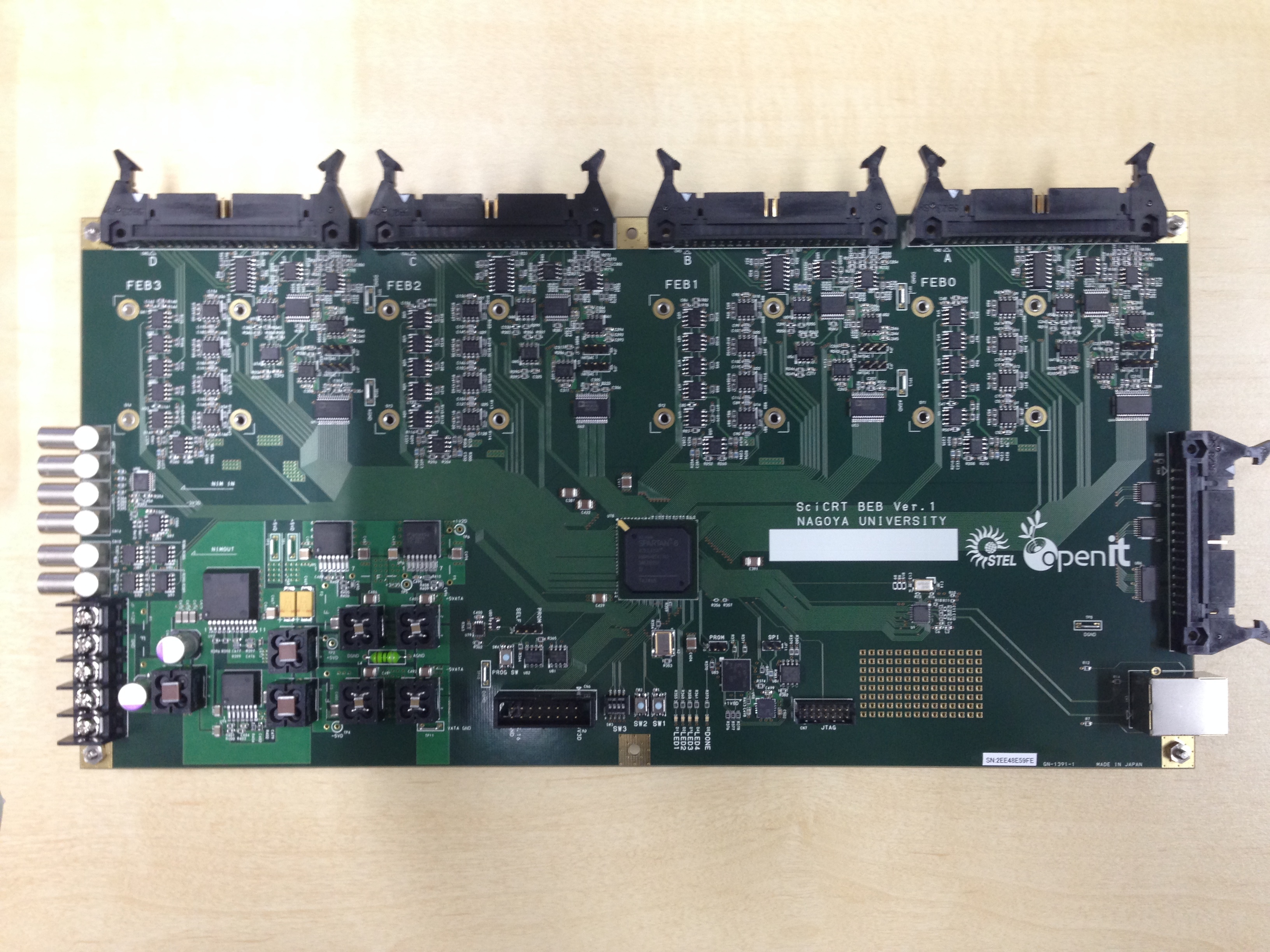
In fiscal 2014, we tested and improved this board, and in October 2014, we confirmed that we could see cosmic ray tracks at Sierra Negra and that we could obtain 10 times faster speed than the existing data acquisition system. The left figure below shows the track acquired at that time, which is thought to be a muon track, and the right one shows a track thought to be caused by a neutron.
In fiscal year 2015, one eighth of the entire system was replaced with the new system to confirm that the expected performance could be obtained. It has been confirmed that this system is performing well and is obtaining the expected data. We are now working to expand the installation of the new system.
On the other hand, the solar activity has weakened since then, and the solar activity has shifted from solar cycle 24 to solar cycle 25. and there have been no major solar flares associated with which we could expec solar neutron observations for a long time. However, in preparation for a major solar flare, we are studying how to analyze the data using the abilities of SciCRT, such as the good energy determination and the ability to identify particles, and how to extract solar neutron events using machine learning. The SciCRT observations are maintained by the Mexican researchers. We expect the occurrence of a large solar flare near future, and continue the operation of SciCRT.
